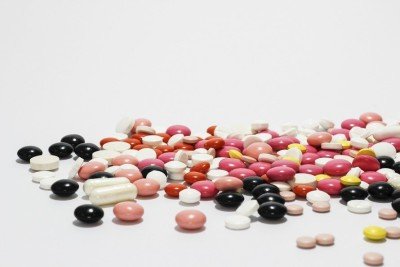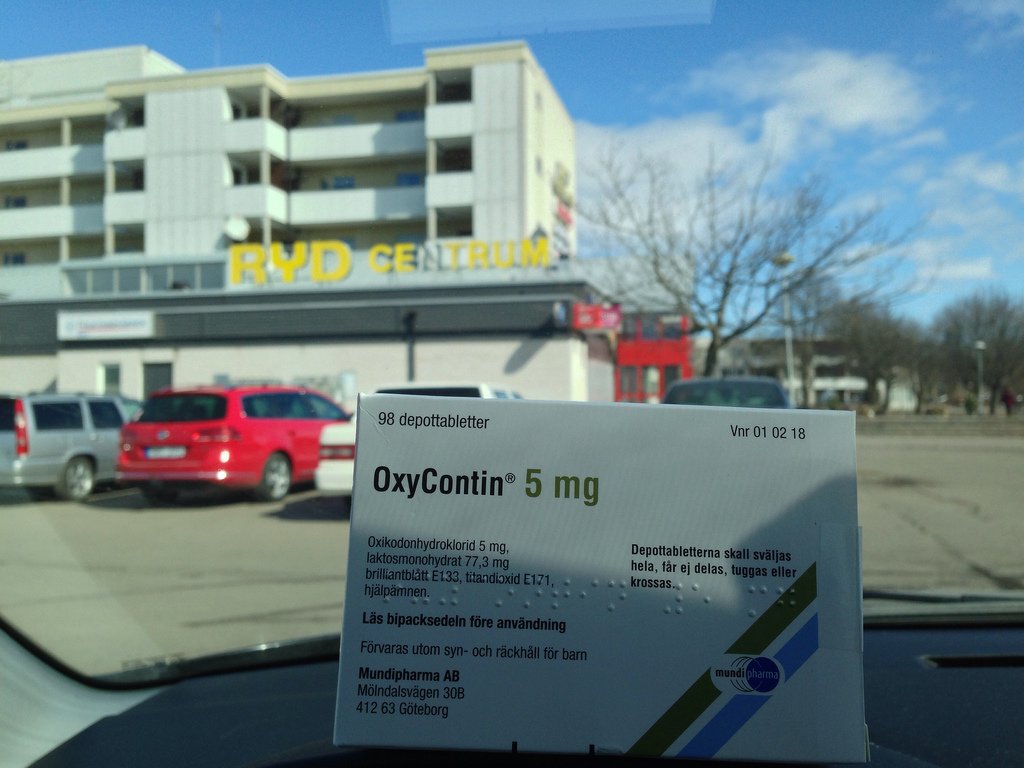
Prescription drug use is popular amongst teenagers, so it’s important to understand some of the risks and realities around this trend. Prescription drugs are relatively easy for teens to obtain; they might get them from friends or even take them from the family medicine cabinet. Here are six of the most commonly abused prescription drugs to pay attention to and educate your teen on.
1. Adderall

Adderall is a prescription drug that is a combination of two nervous system stimulants: amphetamine and dextroamphetamine. It is most commonly prescribed to treat narcolepsy and ADHD. However, for individuals who aren’t living with either of these conditions, Adderall can give users a high and allow them to sustain a high level of energy for an extended period of time. Risks associated with Adderall abuse include confusion, dizziness, chest pain, bladder pain, anxiety, fatigue, nausea and erratic physical behaviors.
2. Vicodin

Vicodin is prescribed as a very strong pain medication and is an opiate narcotic analgesic. As an opioid, Vicodin affects cell receptors in the brain that control feelings of pain and pleasure. In other words, when used, it can create feelings of elation or euphoria by stimulating the brain’s reward centre. Vicodin can have some very dangerous side effects when abused including anxiety, headaches, drowsiness, confusion, blurred vision and dry mouth. Long term abuse can lead to liver or kidney damage, agitation, paranoia and delusions.
3. OxyContin

OxyContin, or Oxycodone, is a strong prescription medication that can be addictive very quickly. It is often prescribed for high levels of pain. Unfortunately, some dangerous side effects of OxyContin include insomnia, dizziness, nausea, constipation, vomiting, headaches and itchy skin. Possible long term effects of OxyContin abuse include addiction, constipation, excessive sweating and lowered testosterone levels in men.
4. Percocet

Percocet is a combination of acetaminophen (a pain reliever) and oxycodone (an opioid). It’s typically prescribed for post-surgery recovery or serious injuries. Like most prescription drugs, Percocet is relatively easy for teens to access. However, abuse of it can have negative side effects such as stomach pain, chills, fever, headaches, dizziness, nausea, loss of appetite, fatigue and weakness.
5. Xanax

Xanax is the brand name for alprazolam, a drug that suppresses the overreactions of the nervous system. It’s most often prescribed for anxiety and panic disorders and can have a calming effect which is why some teens might choose to abuse it. Unfortunately, Xanax has some negative side effects including irritability, memory impairment, confusion, weakness, swelling, insomnia and increased appetite.
6. Cough and Cold Medications

While a prescription might not always be necessary to obtain them, cough and cold medications are also sometimes abused by teens and can give abusers a high when consumed in large quantities. Some negative side effects of cough and cold medications—particularly when codeine is a present ingredient—include nausea, hot flashes, impaired judgment, high blood pressure, anxiety, paranoia, difficulties breathing and drowsiness.
Feature Image: Shutterstock


